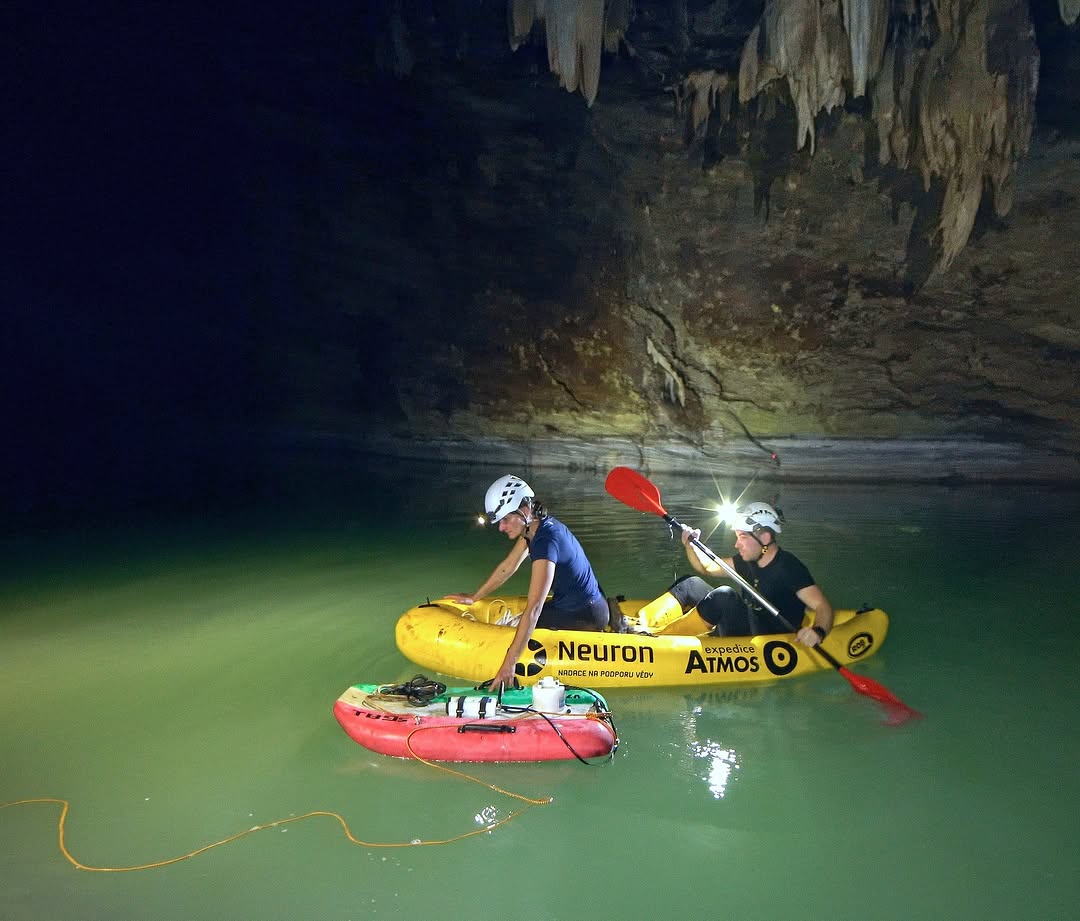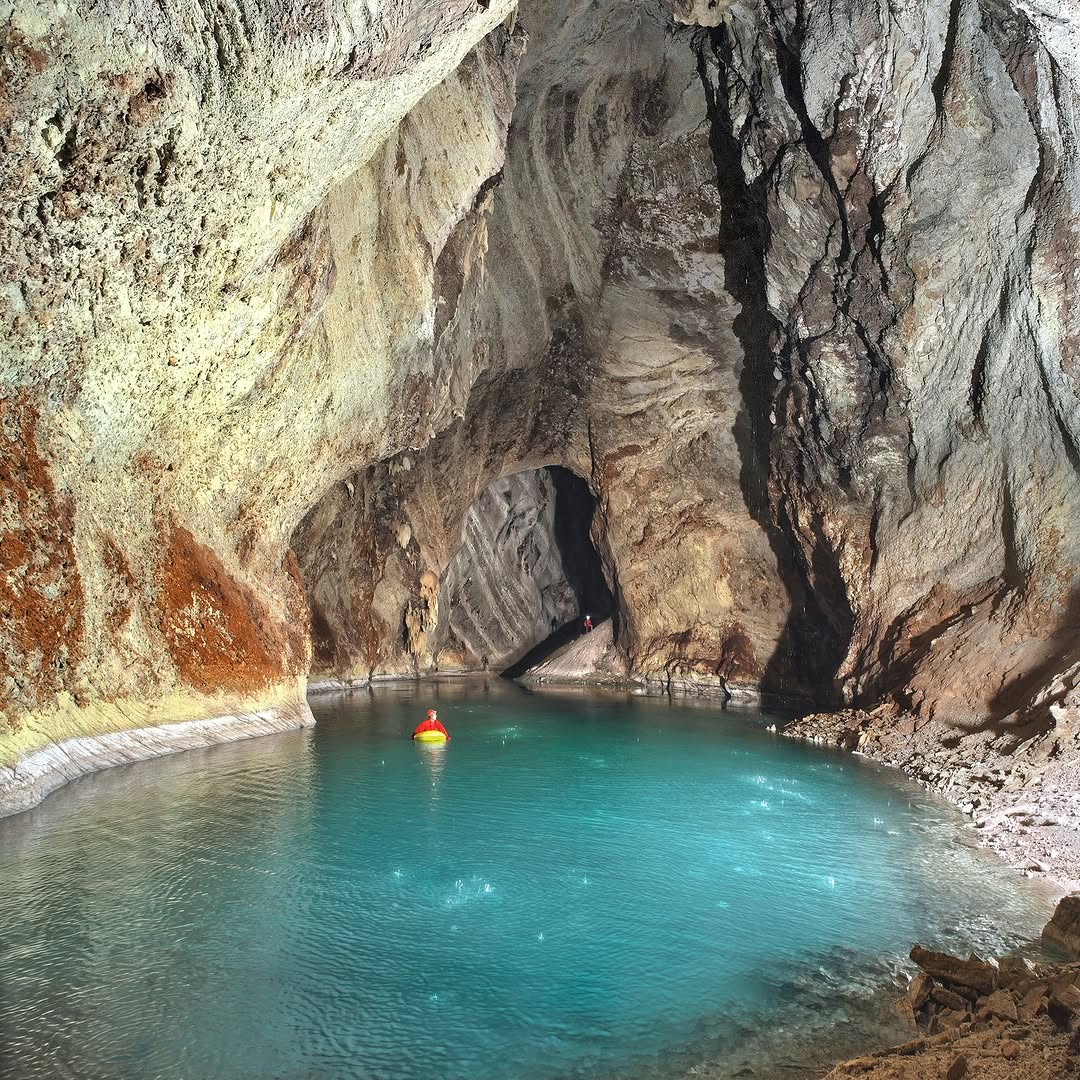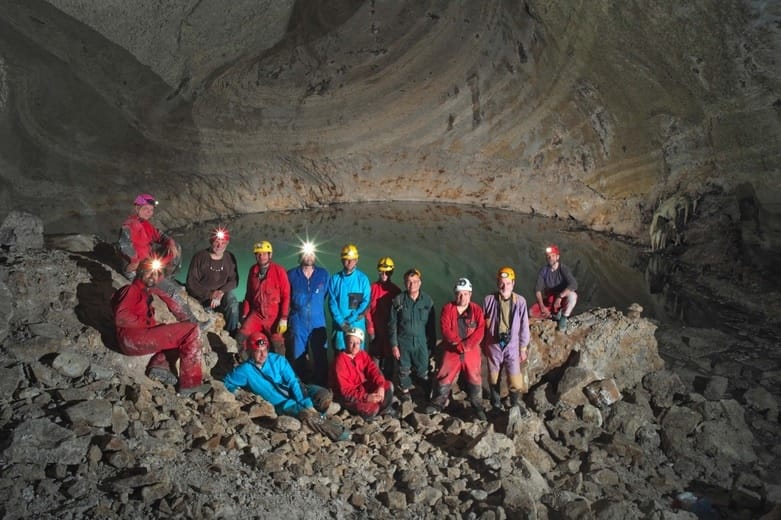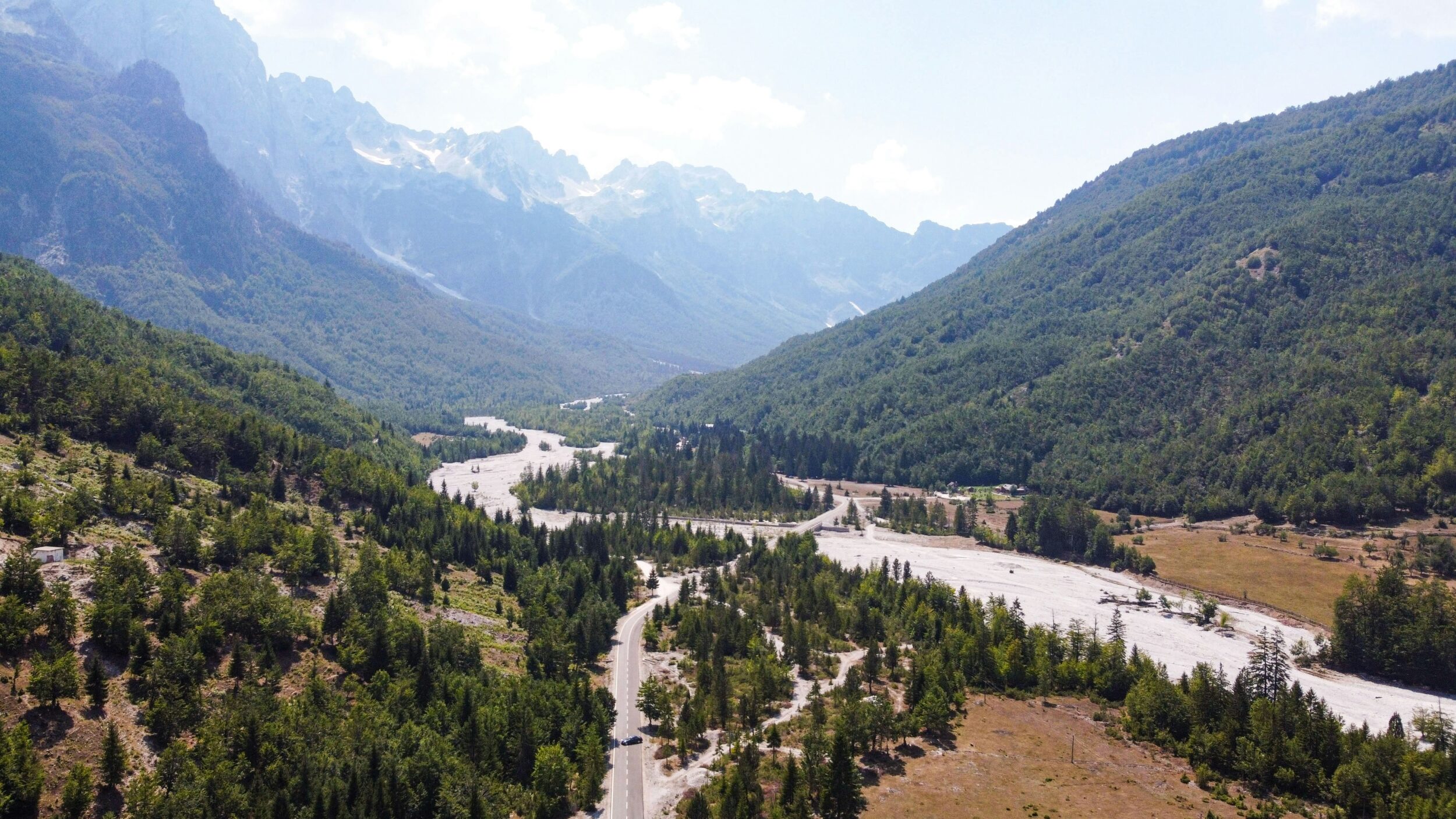Nestled within the mountainous borderlands between Albania and Greece, a groundbreaking discovery has reshaped our understanding of subterranean hydrology. A team of Czech scientists has unveiled the world’s largest underground thermal lake, named Lake Neuron, in Leskovik, Southern Albania. The expedition, funded by the Neuron Foundation, has provided remarkable insights into the region’s complex underground systems.

Exploring the Underground Thermal Lake in Vromoneri
Since 2021, researchers have been meticulously exploring an extensive cave system in the Vromoneri region on the Albanian side of the border. Their efforts led them to an extraordinary network of caverns, many of which house steaming hot springs. The investigation eventually led them to a massive abyss, measuring over 100 meters deep, which they aptly named Atmos.
At the bottom of this abyss, the team made their most significant discovery yet: a vast subterranean thermal lake, concealed beneath the limestone landscape. The lake is officially the largest underground thermal lake known to date, with impressive dimensions:
- Length: 138 meters
- Width: 42 meters
- Perimeter: 345 meters
- Water Volume: 8,335 cubic meters of heated water
For context, the chamber housing Lake Neuron is approximately three times the size of the main hall of the National Theatre in Prague.

Cutting-Edge technology in Underground Thermal Lake exploration
Mapping and documenting such an extensive underground system required cutting-edge technology. The Neuron Foundation provided nearly 1 million Czech koruna to equip the team with advanced tools, including LIDAR scanning technology. According to Richard Bouda, a speleologist and photographer involved in the research, their initial surveys confirmed that they had stumbled upon something truly extraordinary.
Utilizing GeoSlam, a 3D scanning technology, the researchers constructed a highly detailed model of the entire cave system. Further studies are underway to map the lake’s underwater portion using sonar technology, which will provide additional insights into its depth and structure.

The unique formation of Lake Neuron
One of the most intriguing aspects of Lake Neuron is its geological formation. The water in the lake is heavily saturated with hydrogen sulfide, which, upon exposure to air, oxidizes and produces sulfuric acid. This acidic reaction gradually transforms the limestone into soft gypsum, a process rarely seen in natural cave formations. Understanding this mechanism could provide valuable knowledge about rare cave systems around the world.
Implications for Science and Environmental Conservation
The Czech research team believes that the discovery of Lake Neuron has profound implications for hydrology and environmental conservation. Initial findings suggest that the surrounding hot springs are directly connected to the lake. However, the exact nature of these underground water connections remains unknown.
By further studying these subterranean water flows, scientists hope to develop better conservation strategies for the area, ensuring its unique geological and ecological characteristics are preserved. The research may also offer insights into the potential geothermal resources of the region.

What’s Next?
Despite the incredible progress made, the exploration of Lake Neuron is far from over. Future expeditions will focus on:
- Conducting detailed hydrological studies
- Exploring the deeper portions of the lake with sonar mapping
- Understanding the lake’s connection to surface waters
- Proposing conservation measures for the area
This discovery places Albania on the global map of geological wonders, showcasing the country’s rich and unexplored subterranean landscapes. With ongoing research, Lake Neuron may soon reveal more secrets hidden beneath the earth’s surface.
Stay tuned for further updates as scientists continue their journey into the depths of Albania’s underground marvels.
For another unique adventure in Albanian nature, explore the Rugova Gorge and Lake Liqenat, a journey that takes you through waterfalls and crystal-clear lakes in the heart of the Albanian Alps. Read more here.




